World’s Largest Chemical Maker Faces Reckoning When It Comes to Emissions
For more than a century, BASF SE has stuck by its strategy of running sprawling, integrated chemical plants, even as rivals including DuPont Co. break up. This degree of industrial might risks being a hindrance when it comes to environmental credentials.
The world’s largest chemical maker obtained a high overall environmental ranking among diversified peers in Bloomberg’s ESG scores. Yet some lower-performing rivals are selling their most carbon-intensive assets, an option BASF doesn’t have under its current strategy.
Even though BASF is expanding in new markets that score highly on the environmental scale, such as battery materials for electric vehicles and insulation, Chief Executive Officer Martin Brudermueller has no quick fix for gas-fueled steam crackers that split naphtha into ethylene and other basic building blocks for plastics and chemicals.
As the European Union pushes its Green Deal, many regional chemical players have set targets to cut emissions, some even to zero over the longer term. A BASF spokesman said the company is looking into technical solutions to reduce emissions. BASF is striving for CO2-neutral growth by 2030 by taking steps such as purchasing low-carbon energy and developing new methods of manufacturing to offset the startup of large plants.
Arkema SA, which ranks lower in Bloomberg’s ESG scores than BASF, is selling an energy-intensive acrylics business to focus on high-performance adhesives and materials used in construction and EVs. Evonik Industries AG has divested a similar unit as it seeks to transform into a nutrition-ingredients provider.
At Belgium’s Solvay SA, CEO Ilham Kadri is selling smaller peripheral assets and has indicated there are no “sacred cows” at the company. Solvay has a heritage soda-ash business which, if sold, would eliminate three-quarters of its scope 1 and scope 2 emissions all at once, Pandya said.
BASF’s greenhouse-gas emissions fell below 20 million metric tons of carbon-dioxide equivalent in 2019 for the first time in almost a decade, data compiled by Bloomberg show. The company’s carbon intensity, measured as emissions per unit of revenue, stands up well considering how much bigger it is than most of its rivals.
BASF reported 60 billion euros ($73 billion) of revenue in 2019. Solvay produced 12 million tons and 11 billion euros of revenue, while Arkema had 3.8 million tons of greenhouse gases last year when it posted revenue of 8.7 billion euros.



